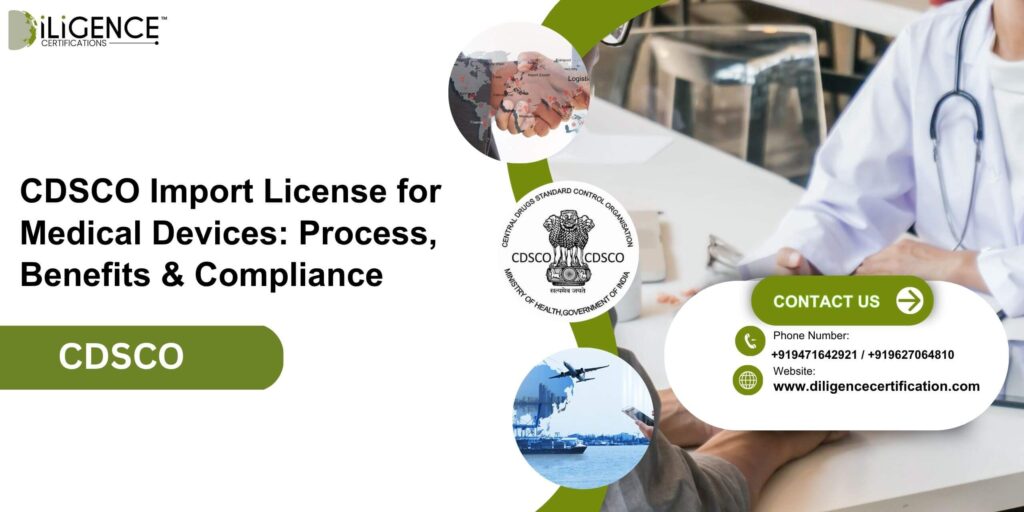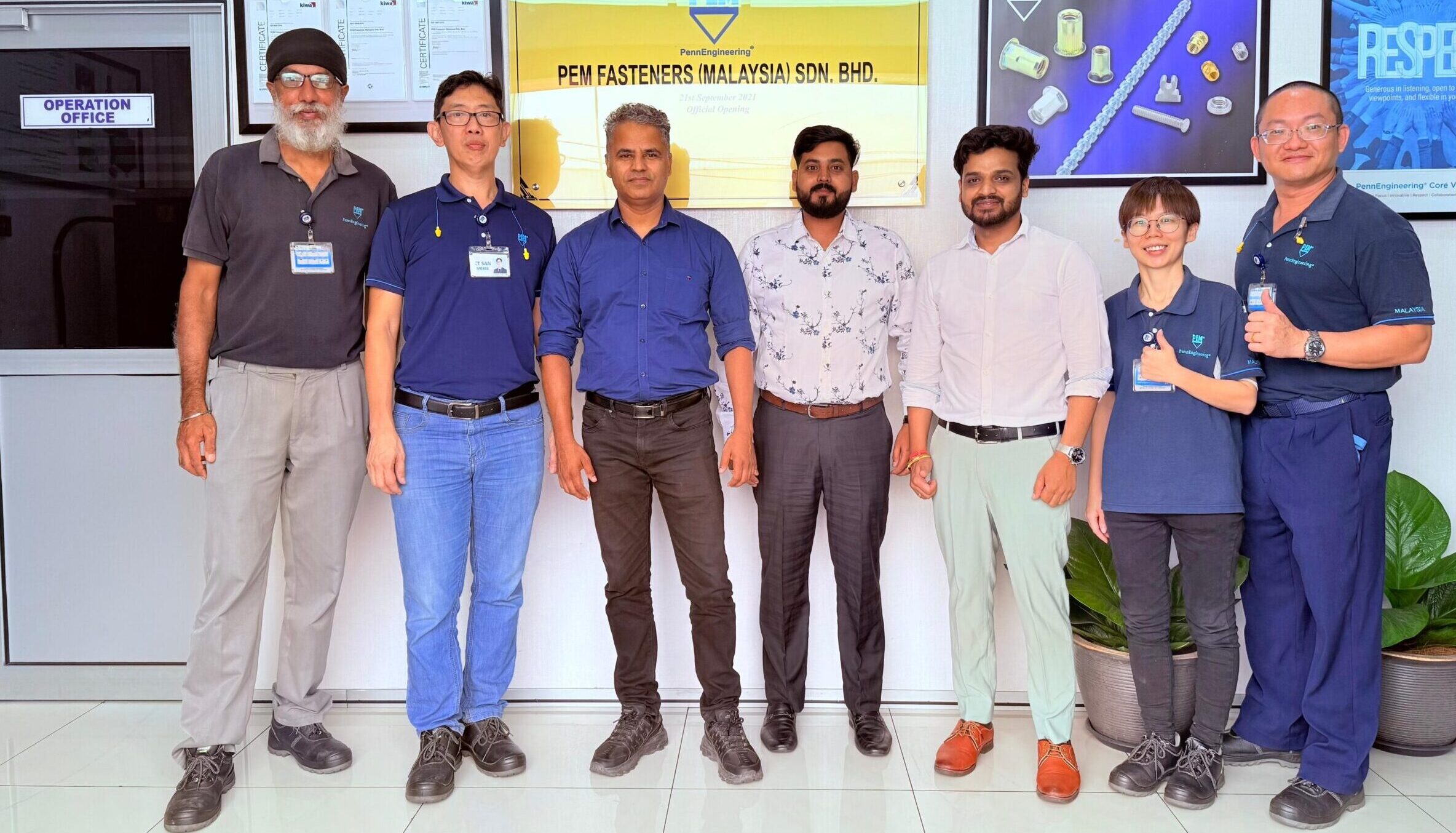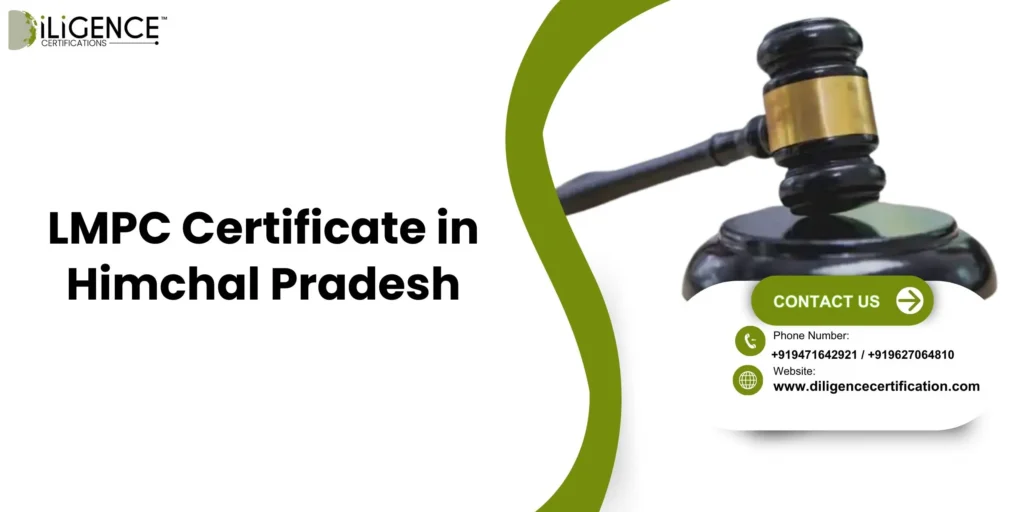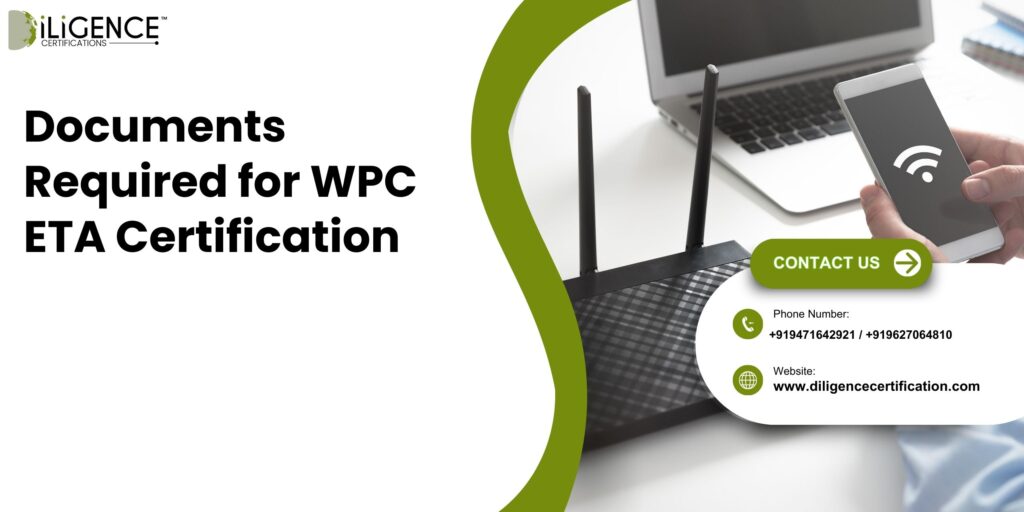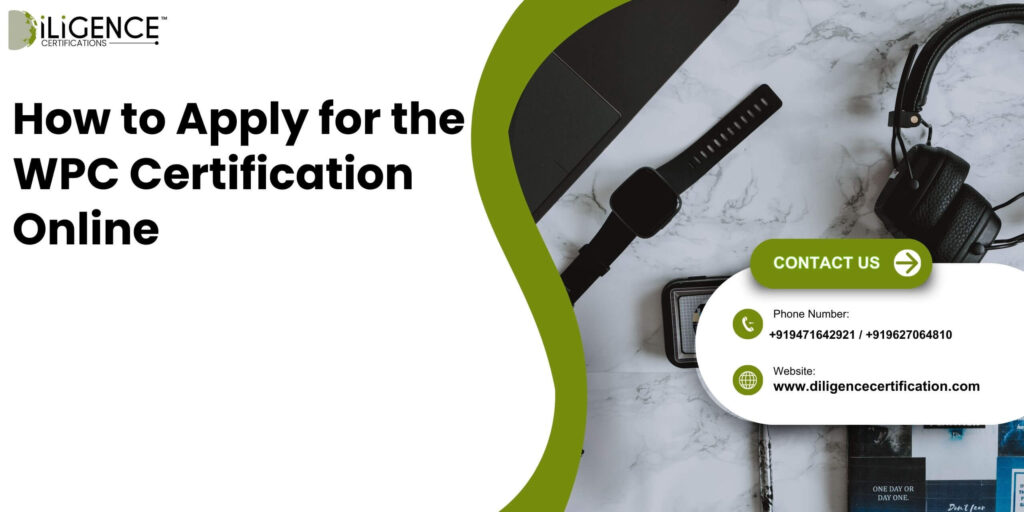- A CDSCO import license for medical devices is an essential requirement that complies with the Drugs & Cosmetics Act of 1940 to protect patients while maintaining quality control.
- The import license can be applied for by Indian agents, importers, authorized legal entities, or foreign subsidiaries.
- Application involves completing Form MD-14, obtaining registration certificates, reviewing transfer and wholesale license, and producing Free Sale certificates and submitting electronically via the SUGAM online portal.
- The Indian medical device market is rapidly expanding, with significant reliance on imports, and opportunities for businesses that obtain a import license.
- Consultants will make the application process simple removing the burden from you as an applicant, while reducing risk of a penalty or a committee not meeting timeline due to compliance issues.
Introduction
If you are considering importing medical devices into India, understanding the CDSCO import license is more than a regulatory step – it is a pathway into one of the fastest-growing healthcare markets in the world. There is a reason why India has essential regulations when importing medical devices: patient safety, quality assurance, and accountability in the market.
We will provide a complete examination of what will be required to get a CDSCO import license for medical devices in India. This article will help foreign manufactures, Indian importers and authorized agents to ease this process through clarity of steps.
What Are Medical Devices Under Indian Regulations
Prior to proceeding to the licensing process it can be beneficial to know exactly what is considered a “medical device” under legal definition in India.
As per the Medical Devices Rules, 2017, a medical device means any instrument, apparatus, appliance, software, material to other similar articles alone or in combination, intended by the manufacturer for human use for the purpose of: – diagnosis, prevention, monitoring, treatment or alleviation of disease.
While a broad definition, the process covers a range of products including, but not limited to:
- In-vitro diagnostic (IVD) kits (e.g., COVID-19 rapid tests)
- Surgical Instruments (e.g., Scalpels, forceps, surgical staples etc.)
- Implantable devices. (e.g., pacemakers, artificial joints etc)
- Medical imaging equipment (e.g., MRI, CT scanner)
- Mechanical contraceptives
- Dental materials and instruments
India uses a risk-based classification system to classify medical devices into one of four classes as follows:
- Class A (Low Risk): tongue depressors, examination gloves
- Class B (Low-Moderate Risk): hypodermic needles, suction equipment
- Class C (Moderate-High Risk): ventilators, bone fixation plates
- Class D (High Risk): heart valves, implantable defibrillators
A mid-sized hospital located in Pune needed to source grooves of imported surgical staples for their ever-expanding surgery department. In order to do this properly, they needed to ensure that the supplier had the correct CDSCO import license at customs due to the fact that surgical staples are classified as a Class B medical device.
Who Can Apply for a CDSCO Import License?
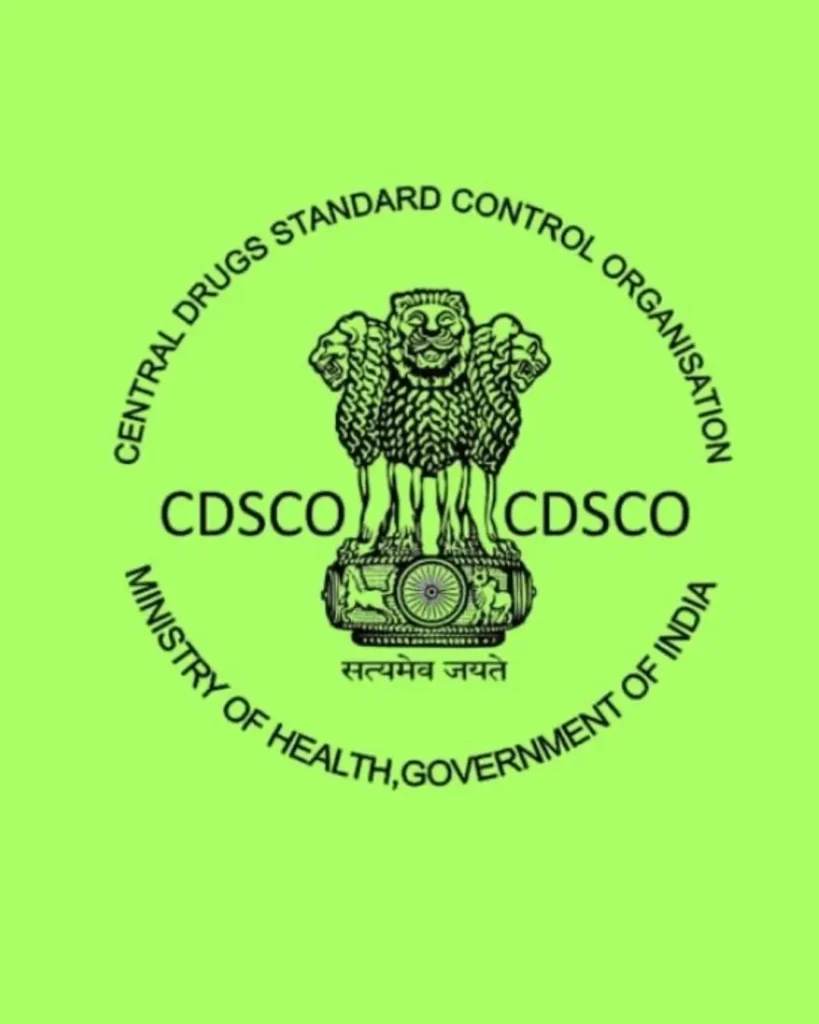
Not every individual is permitted to directly import medical devices into India. The standards specify who can apply for a CDSCO import license:
Parsable Applicants:
Indian Authorized Agents: Foreign manufacturers must have an authorized agent or distributor in India
Legally Established Indian Entities: Entities formed within the Companies Act of 2013
Licensed Importers: Authorized to hold a legitimate import license
An Indian Establish and License: A wholly-owned subsidiary or a joint venture
if you are a foreign company, then you need a trustworthy Indian agent. It is not just a recommendation but a requirement.
Why India’s Medical Device Market is Expanding
India’s medical device industry is witnessing a meteoric rise, and the figures provide an exciting opportunity for analysis. The market was estimated to be in the range of Rs. 90,000 crore in 2022 with a projected increase to US$50 billion by 2030. But what is contributing to this rapid growth?
There are several factors:
- a greater awareness of healthcare and increased expenditure,
- an elderly population that requires medical procedures and additionally,
- government programs such as Ayushman Bharat and Make in India
- an increase in chronic diseases;
- an increase in hospital infrastructure in tier-2 and tier-3 cities
India relies heavily on imports for medical devices. From 2022-2023, imports of medical devices went up by 21%. Well-known global brands such as Medtronic, GE Healthcare, Philips, and Abbott continue to introduce their advanced technologies in the Indian market. Imports of medical technologies are especially highlighted in areas like imaging devices, cardiac devices, and orthopedic implants.
This presents an outstanding opportunity for importers and manufacturers – but only if you can navigate through the regulatory path.
Role of CDSCO in Import Licensing
The Central Drugs Standard Control Organization (CDSCO) governs the pharmaceutical and medical device regulatory framework in India. It is a national regulatory organization governed by the Ministry of Health and Family Welfare and manages the regulatory gatekeeping of all imported medical devices.
Some of the specific regulatory functions of CDSCO include:
- Issuing of import license in the form of Form 10 and Form 10A
- Issuing of NOCs (No Objection Certificates) for device registration
- Issuing approvals for clinical trials for medical devices
- Conducting post-market surveillance and post-market safety monitoring
- Process applications for post-approval changes to devices
Why is the Risk of CDSCO licensing so important?
Legal Compliance – Operating without a CDSCO license may lead to heavy fines, seizure of products, and sometimes, even criminal charges
Quality – CDSCO ensures that safe and effective devices are sold in the Indian market
Consumer Protection – The CDSCO licensing process ensures that manufactured have credentials and that the products have met the appropriate standards
Regulatory Access – Major hospitals, distributors, and especially government tenders require devices licensed by CDSCO.
In summary, without CDSCO a medical device simply cannot enter the Indian market legally. It is that simple.
Requisites and Documentation for CDSCO Import License
Getting your documentation correct is half the battle. Here is your preparation list.
Key Requirements:
- – Unique name and abbreviation for a device
- – A comprehensive description of the device and intended use
- – Technical specifications and construction details
- – Safety and performance measures
- – Classed by risk (Class A, B, C or D),
- – Manufacturer facility information
Required Documents:
- Form MD-14 – The initial application form for import license
- Authorization letter – Dictionary of Manufacturer stating appointment with Indian agent
- Form 41 – The registration certificate from the manufacturer’s country
- Wholesaler license – Copy of applicant’s wholesaler drug license
- Free sale certificate – The competent local authority in whose country you manufacture and market the device will issue a letter stating it is approved for sale in that country
- Manufacturing license – Copy of manufacturer’s license
- Test Reports – From NABL accredited lab (if applicable)
- Device Master File (DMF) – Technical documentation and validation data
- ISO Certificates – Quality management certificate ISO 13485 or equivalent
- Declaration Forms – Undertakings/declarations required as part of CDSCO requirements
Many applications get rejected because of incomplete and incorrectly prepared documentation. Some simple mistakes are an authorization letter that is unclear, expired certificates, an omission of technical specifications. Using a consultant with experience can save you weeks or months of going back and forth with regulatory authorities.
Step-by-Step Procedure to Apply Online
The CDSCO has simplified the process of submitting your application through the online portal.
Step 1: Register on CDSCO Portal
– Go to the official CDSCO portal
– Create your account using valid credentials
– Fill out your profile by entering details about your company
Step 2: Application Preparation and Submission
– Complete Form MD-14 as prescribed
– Upload all the required documents in the specified formats (usually PDF)
– Pay the applicable fee online (fees differ depending on the class of your device)
Step 3: Application Document Scrutiny
– A Drugs Inspector will check your application for completeness
– You will be asked questions or asked for additional information
– Reply to these in a timely manner to avoid delays
Step 4: Application Technical Evaluation
– The application will be assigned to the Deputy Drugs Controller for technical review
– Will assess the device classification, safety, and quality parameters
– Will validate the manufacturing facility credentials
Step 5: Review by Higher Officer
– The Joint Drugs Controller will review your submission in full
– Reviews both technical and regulatory aspects
Step 6: Final Approval
– The Drug Controller General of India (DCGI) will issue the final approval
– Authorized Import license will be issued electronically
– You will receive your Form 10 or Form 10A license
What is the expected timeline?
The entire process can take 180-270 days, as outlined below:
timelines will vary depending on the complexity of the device, the quality of the documentation you provided, and the workload of the CDSCO. For class C and D devices, the timeliness may also be extended due to the complex nature of regulatory evaluations.
Regulations and Compliance Framework
It is important to comprehend the correctly governs controlling the legal framework and having the knowledge to adhere to said framework. The following sections outline the most significant components of the legal framework surrounding medical devices in India.
Parts of Locally Applicable Legislation
Drugs and Cosmetic Act, 1940: The principal statute governing drugs and medical devices.
Medical Device Rules, 2017: Regulations for medical devices registration, licensing, and quality control, specific to medical devices.
Drugs and Cosmetics Rules, 1945: Particular procedures related to the medical device industry.
Key Compliance Requirements:
License Validity: Import licenses typically last for 5 years from the issuance date.
Renewals: License holders must apply for renewals prior to the expiration date (typically at least 90 days).
Record Keeping: Importers are required to maintain records related to imports, sales, and distribution.
Adverse Event Reporting: The CDSCO must be informed of any concerns with safety or any adverse event as quickly as possible.
Labeling: All devices must have clearly labeled products in English and the local language.
Penalties for Non-Compliance Operating with no license, or improper use of a license, non-adherence to regulations generally may result in the following:
- Fines of <Rs. 10 lakhs
- Imprisonment for up to 3 years
- Suspension of the license or product recall
- Blacklisting from future applications for another 2 years, or permanent.
Understanding Licensing Authorities
Medical device regulation in India is handled mainly by two bodies, depending on the device class and the license type involved:
State Licensing Authority (SLA):
— The SLA issues wholesale and retail licenses and manages State manufacturing licenses for Class A and Class B devices moderate risk devices.
— It can do local inspections and compliance verifications.
Central Licensing Authority (CLA):
— The Central Licensing Authority is responsible for all Class C and Class D, moderate to high-risk devices, as well as import licenses for all devices
— It processes new drug applications and clinical trial approvals.
— It also manages the licensing of cosmetics and higher-risk devices.
Whenever you need an import license you will primarily interact with the Central Licensing Authority under CDSCO regardless of the device class involved. You may also require licensing from state authorities as part of your warehousing and distribution processes in states where you will import the devices.
Why Choose Diligence Certifications as CDSCO Consultants?
Diligence Certifications, a leading regulatory compliance consulting services, has successfully guided over 1,500 clients through CDSCO licensing and regulatory compliance. They focus on the entire regulatory ecosystem from initial registration to post-licensure modifications.
Benefits of Professional Consultancy:
Error Free Documentation- Consultants ensure all the documentation is done correctly, which reduces rejection rates.
Faster Processing- Experienced consultants know what CDSCO wants in an application and can help you prepare it for faster approval.
Regulatory Expertise- Knowing about regulations is important for compliance, but it is critical to have it in writing, and helping clients visually see, the changes in regulations and compliance requirements can help avoid fines and even non-compliance.
Consultanting on NOC’s- Help with process and help obtain NOC, if applicable, as part of the process and required approvals. Post Registration- Assist clients with licensing renewals, amendments and compliance audits.
Leading consultancies in this space are proud to say they have:
- 70% of the market share for medical device registrations, representing 1,500 companies’A 200+ specialized consultants who have regulatory experience, testing and developing medical devices, pharmaceuticals and over 15,000 cases completed successfully, and
- 98% approval rate on applications they handle.
The investment in professional consultancy typically pays for itself through time savings, higher approval rates, and avoiding costly mistakes.
Conclusion
Acquiring a CDSCO import license for medical devices is not only a compliance-oriented action. It is a gateway to one of the most dynamic and fastest-growing healthcare markets in the world. India’s medical device market is projected to exceed $50 billion by 2030. There is a huge opportunity ahead for manufactures and importers that successfully navigate the regulatory process.
- You will need to obtain a CDSCO License before you can import medical device
- Documentation and classification of devices will be important considerations in the application process.
- Foreign manufacturers will need to use an authorized agent in India as part of the application.
- Most import license applications will take 6-9 months to obtain.
- You will improve your odds of a successful application by having experienced professionals help you.
Whether you are importing diagnostic kits and samples, or surgical instruments, or advanced imaging devices, compliance with the Drugs and Cosmetics Act and Medical Device Rules is a requirement to operate legally in India, gain acceptance from the general marketplace, and ultimately, ensure patient safety.
Do not let hurdles in regulation stop the progress of your business. Contact Diligence certifications today, and get started on an import license application
Frequently Asked Questions
What is a CDSCO import license for medical devices?
A CDSCO import license for medical devices is legal approval to allow the import of a medical device into India in compliance with safety and quality standards for medical devices.
Who can apply for a CDSCO import license?
An Indian agent, legal authorized, legal importer, or legal foreign subsidiary can apply through the CDSCO portal.
How long is the CDSCO import license valid?
The CDSCO import license is valid for five years from the issuance date.
What documents are required for the application?
Required documents for the application include Form MD-14, registration certificates, wholesale license, and Free Sale certificates from the country of origin.
What happens if I import without a CDSCO license?
Not following the process can lead to penalties, prison, or license cancelation in accordance with the provisions outlined in the Drugs & Cosmetics Act.






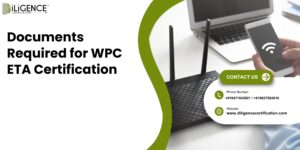
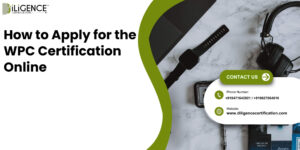
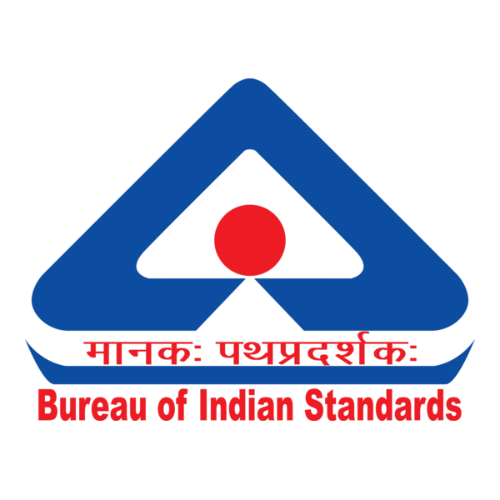 BIS Certification
BIS Certification
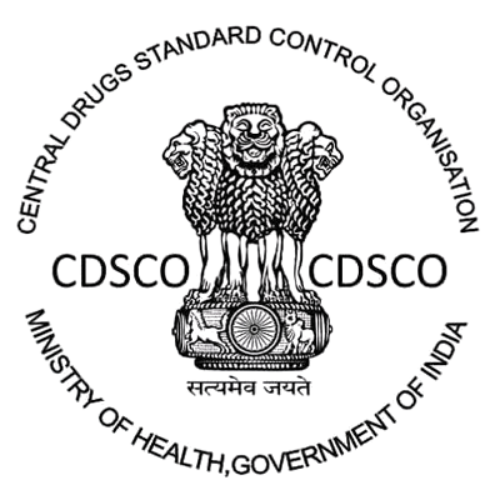 CDSCO
CDSCO
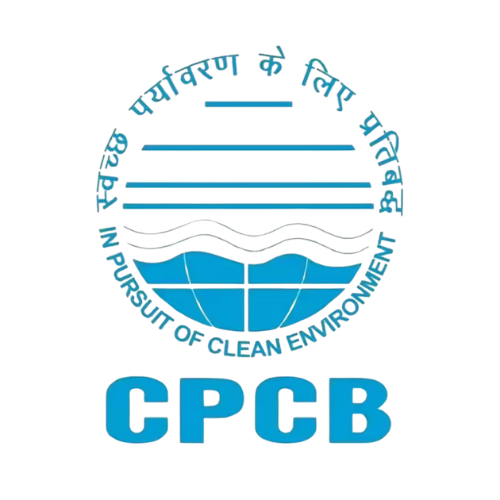 CPCB
CPCB
 LMPC
LMPC
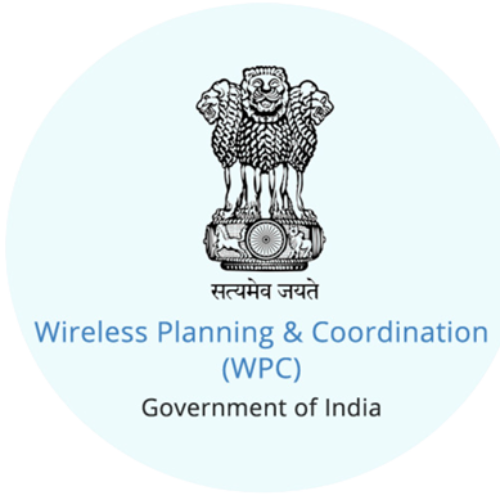 WPC Approval
WPC Approval
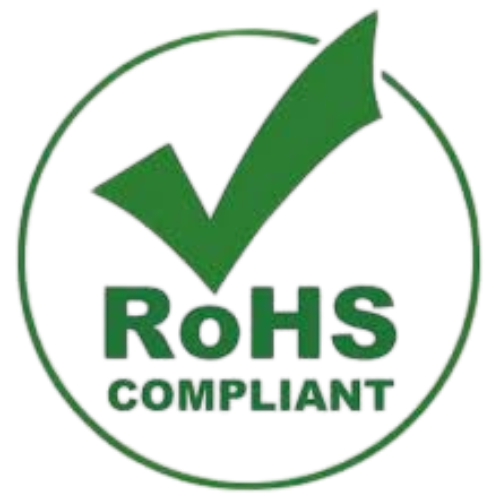 Global Approvals
Global Approvals
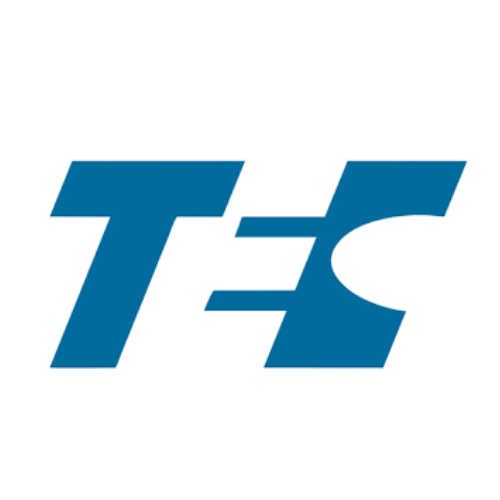 TEC
TEC
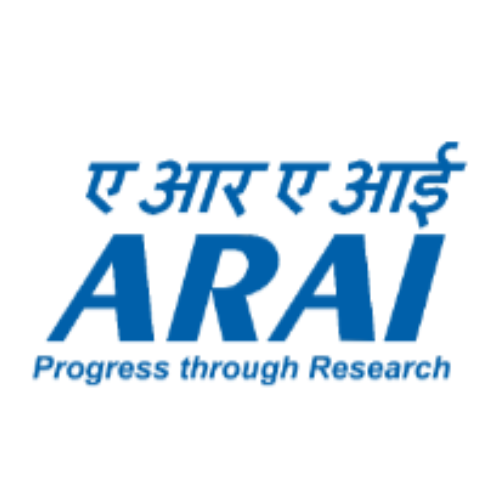 ARAI
ARAI
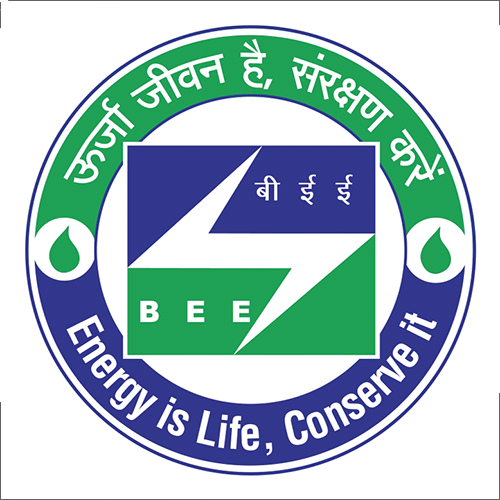 BEE
BEE
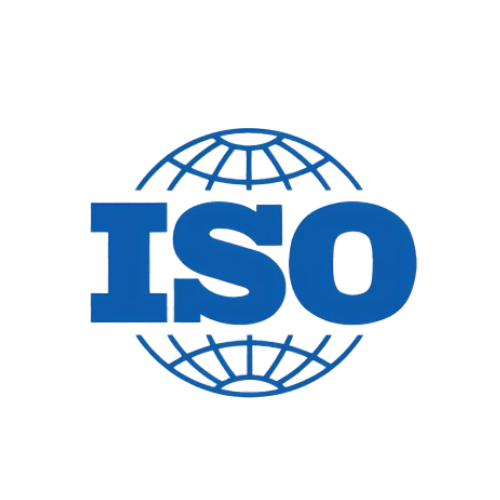 ISO Certification
ISO Certification
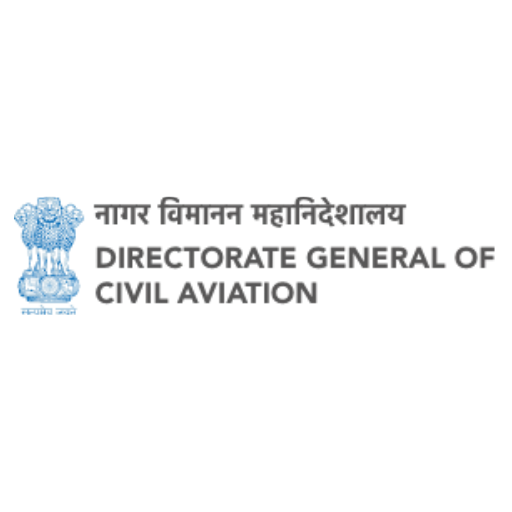 Drone Registration
Drone Registration
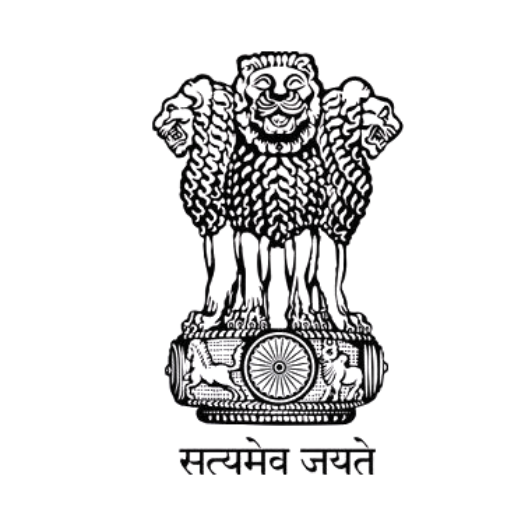 NOC For Steel
NOC For Steel
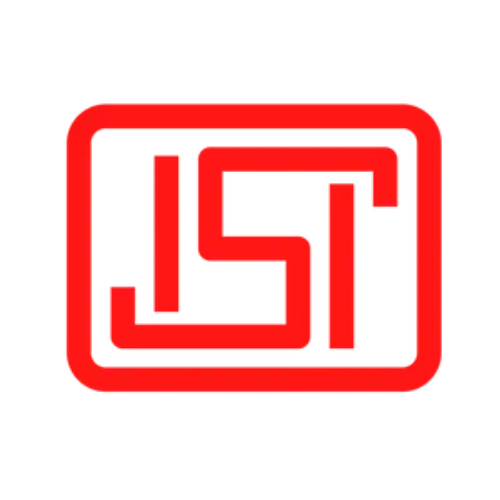

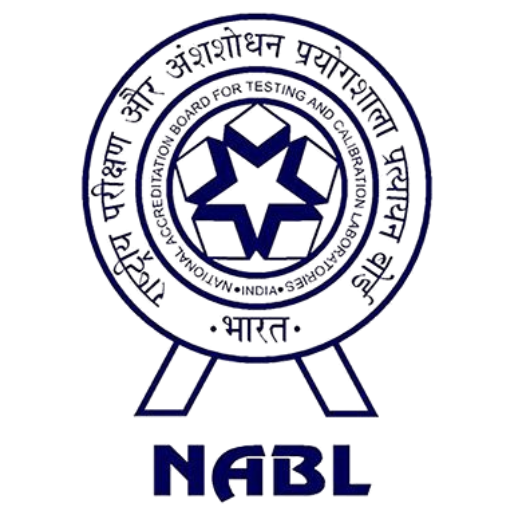
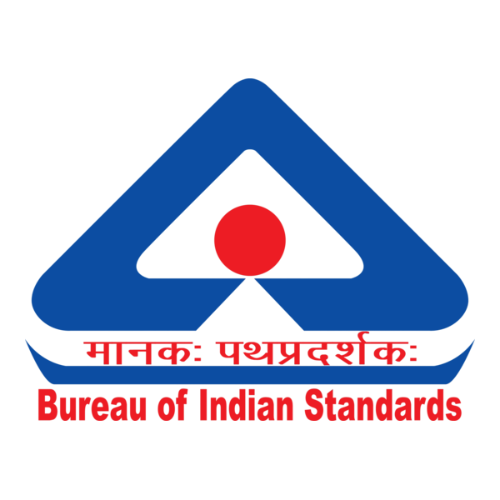
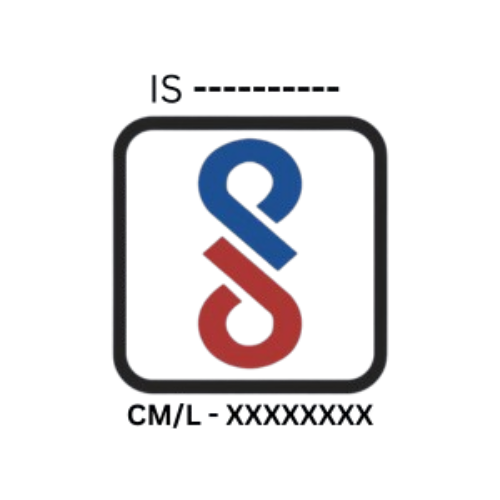
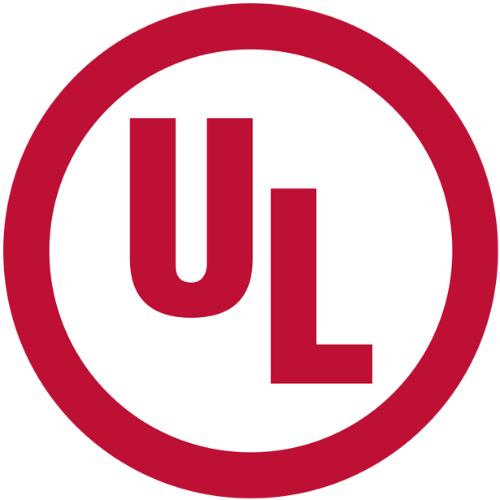

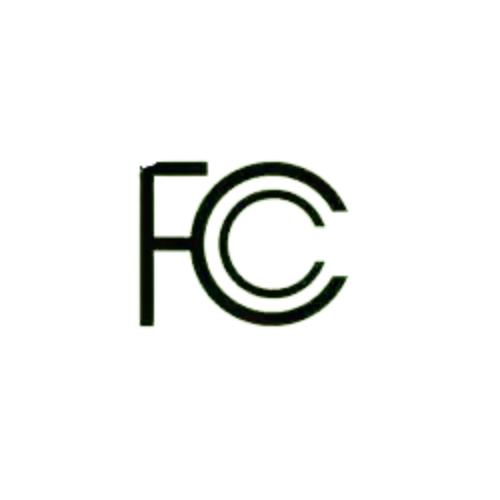
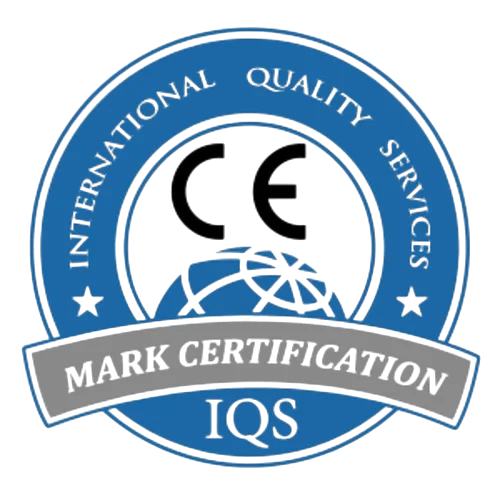


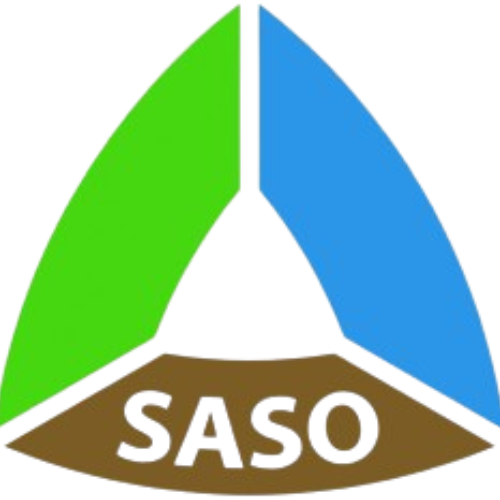

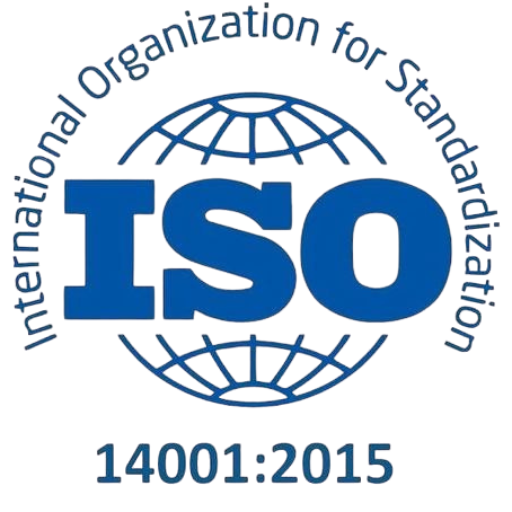
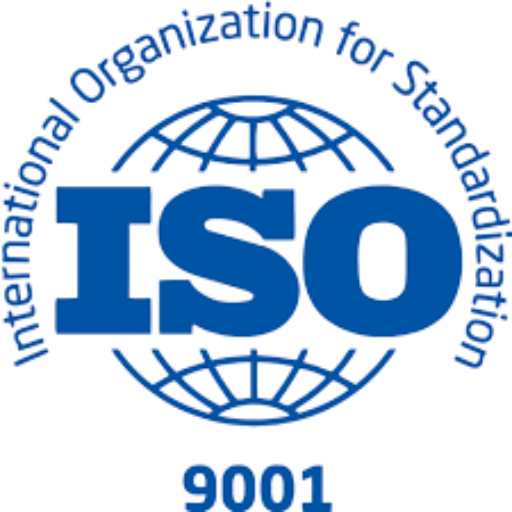
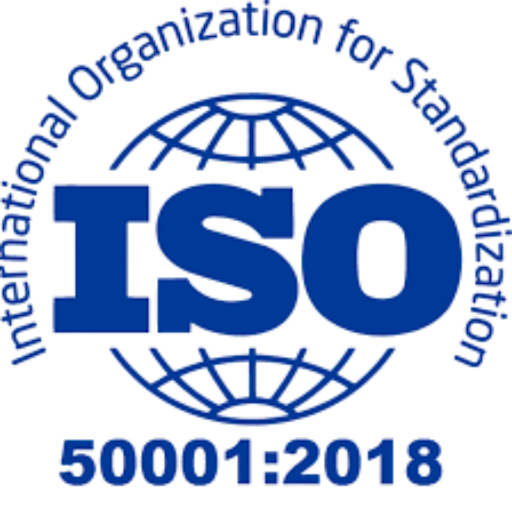
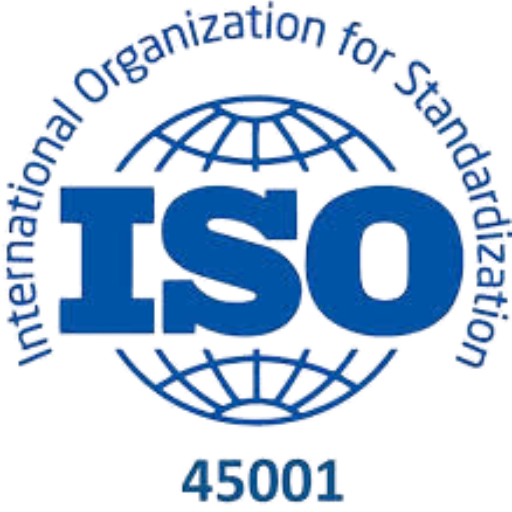
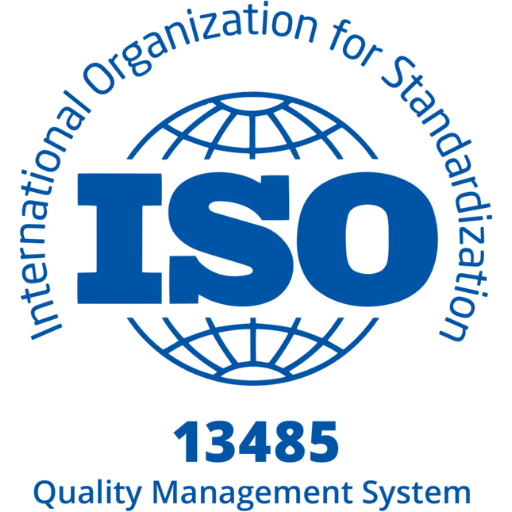
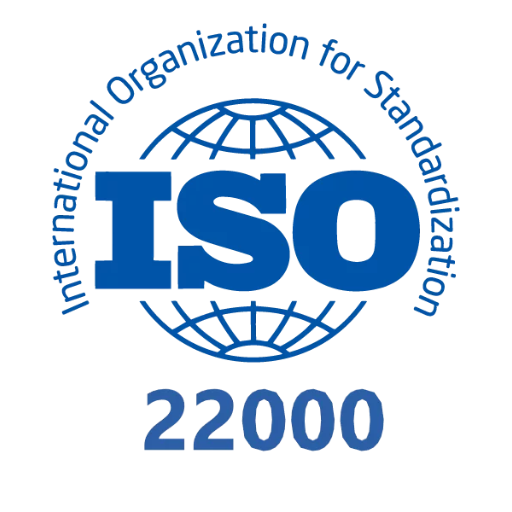
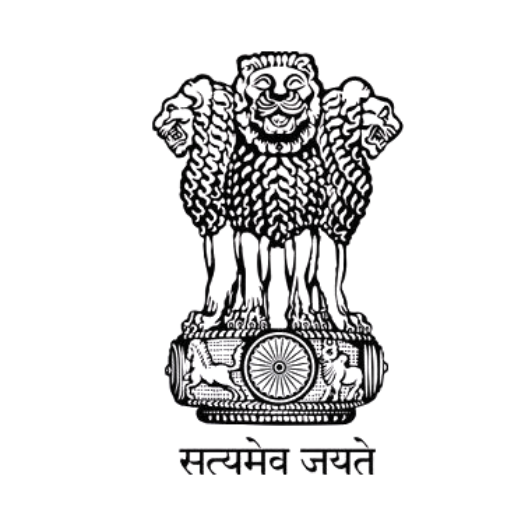 Business Registration
Business Registration
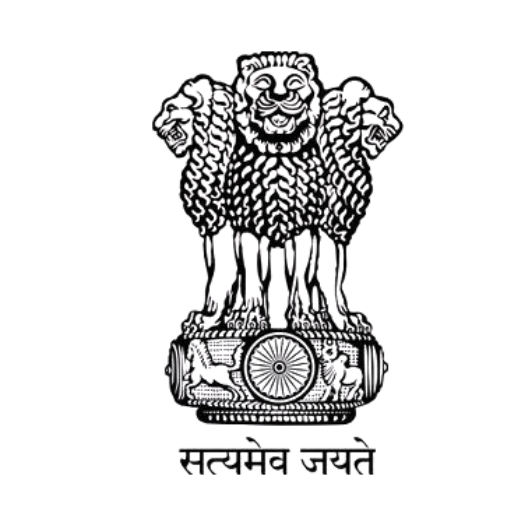
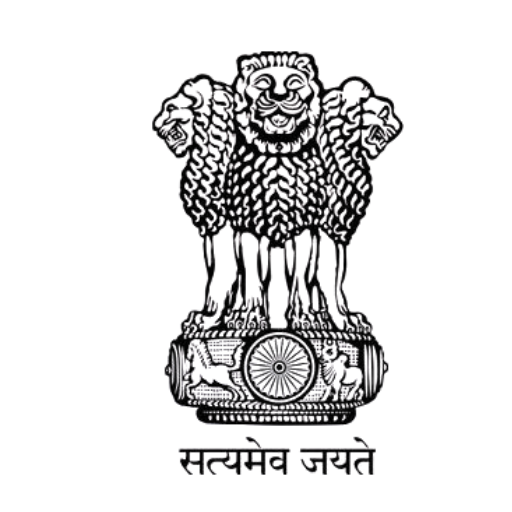
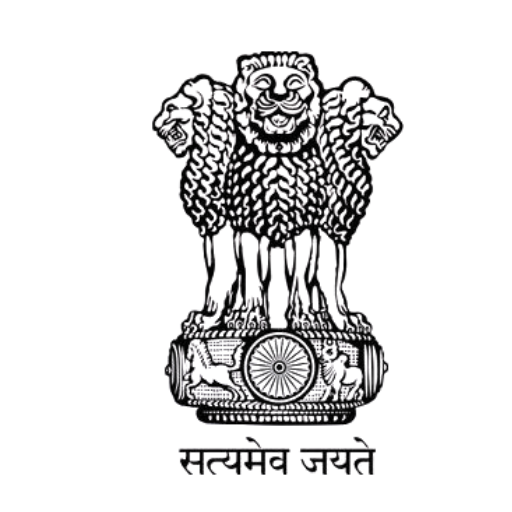
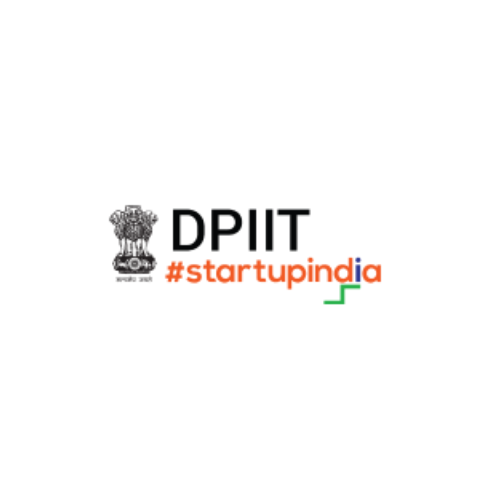
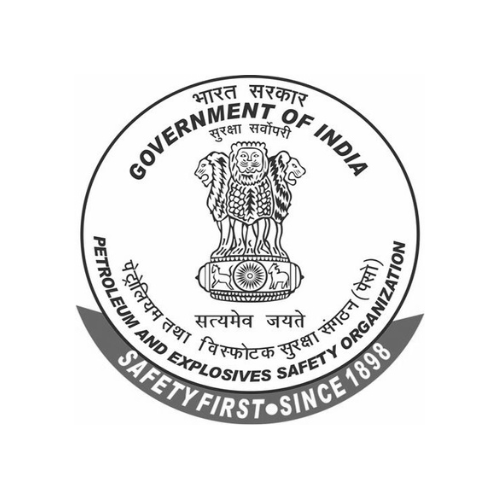
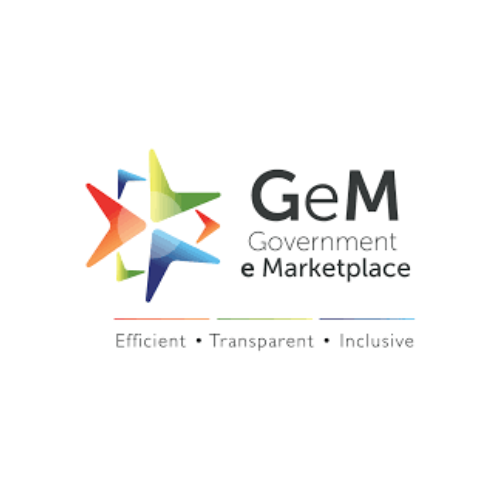
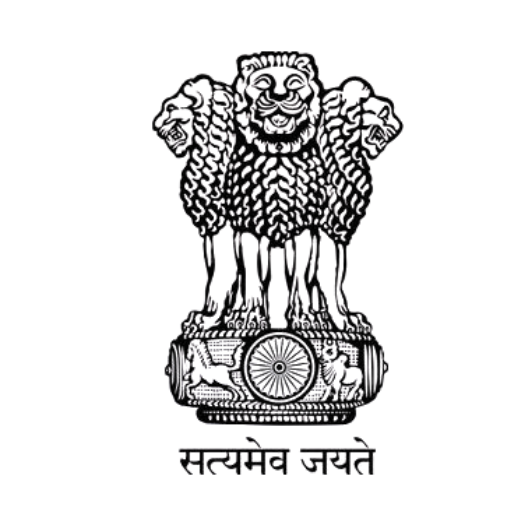
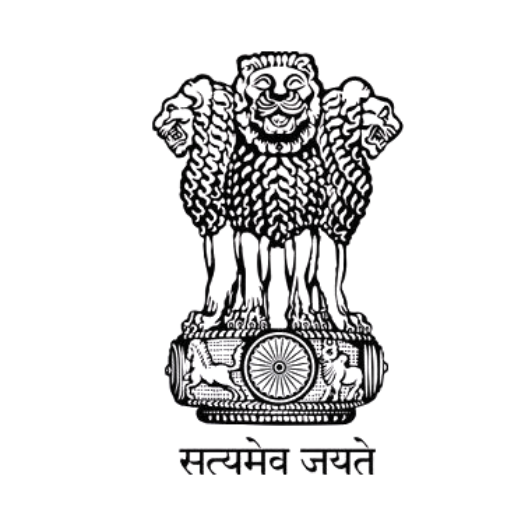
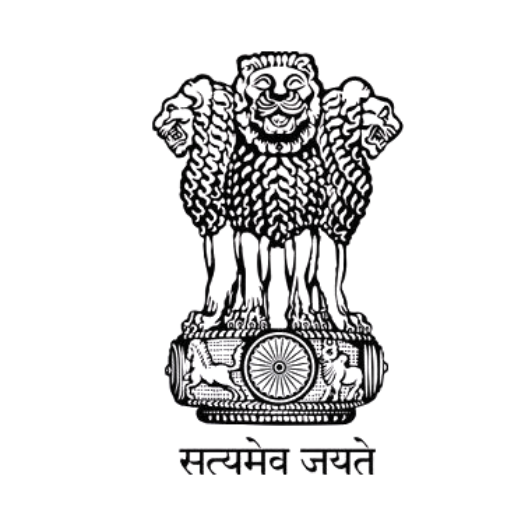
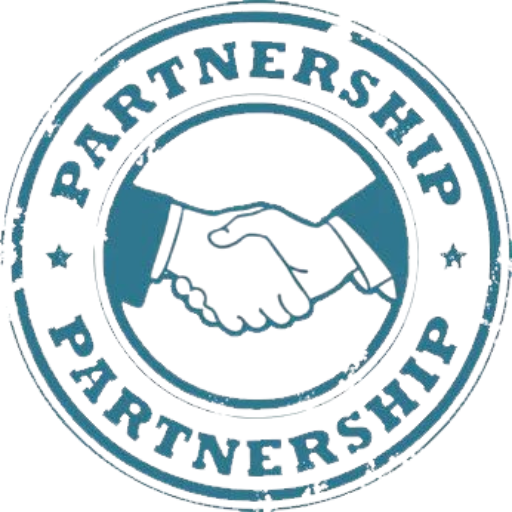
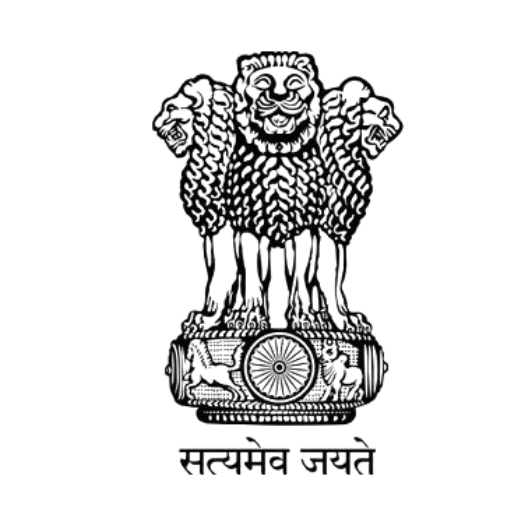
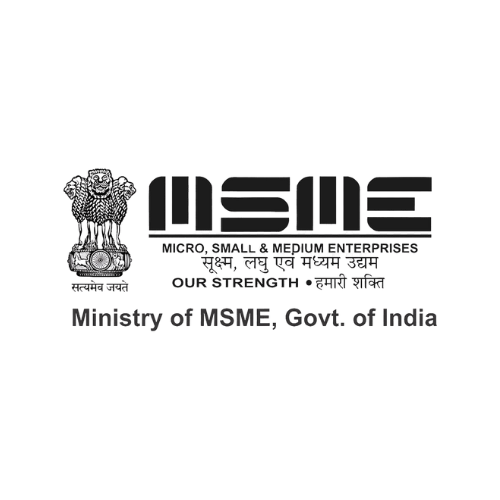
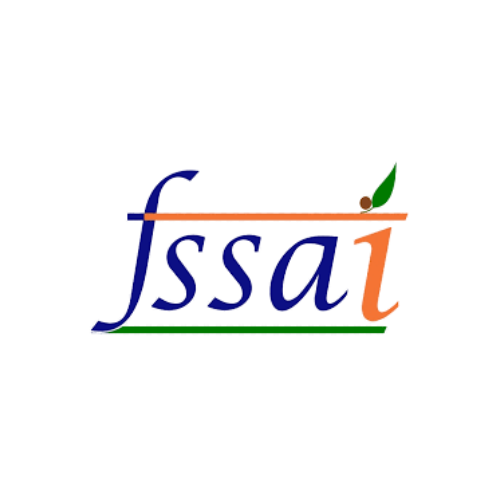
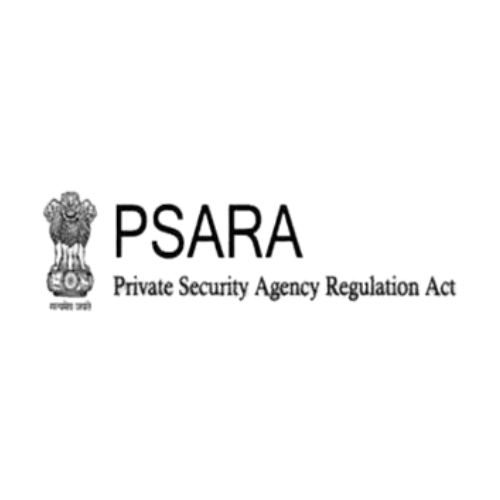
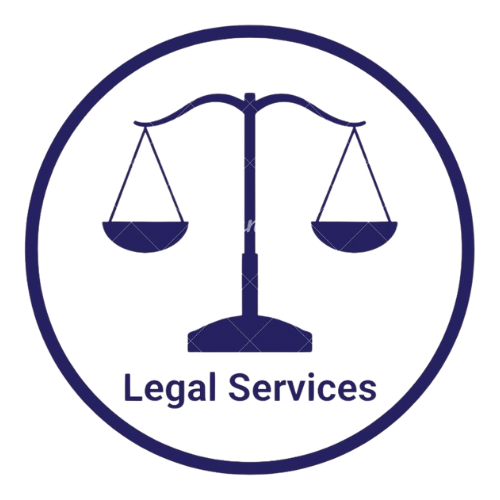 Legal Services
Legal Services
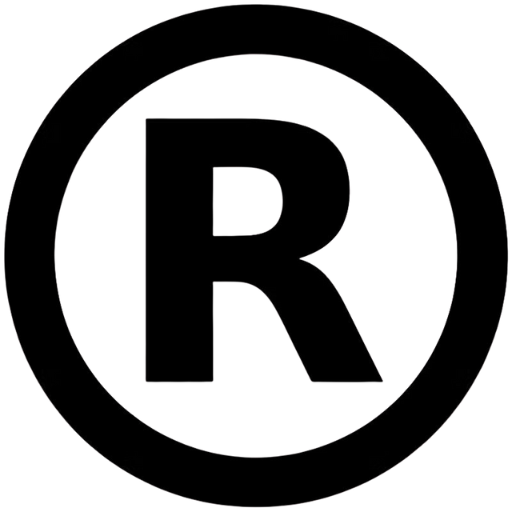 Trademark Registration
Trademark Registration
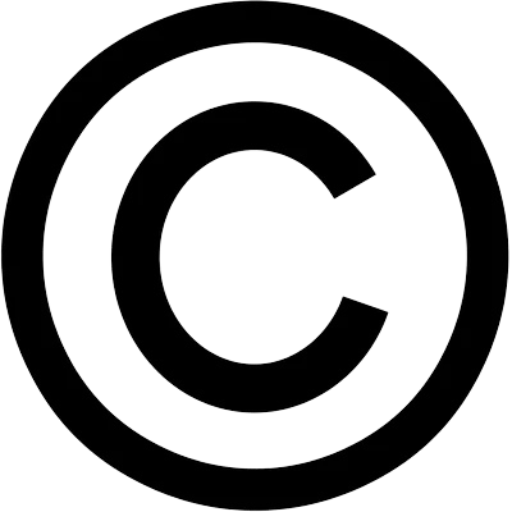 Copyright Registration
Copyright Registration
 Patent Registration
Patent Registration
